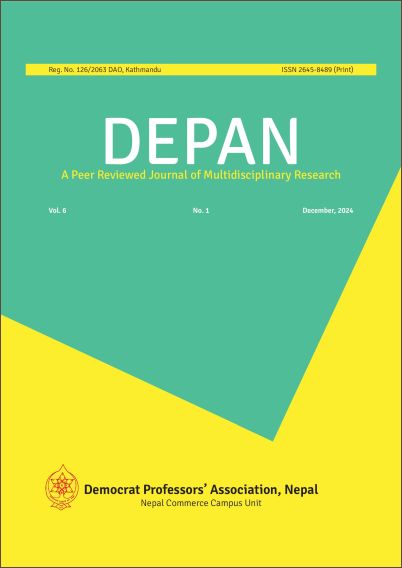Relationship Between Transport Expenditure in Public Investment and Economic Growth in Nepal
DOI:
https://doi.org/10.3126/depan.v6i1.75500Keywords:
Cointegration, Expenditure, Heteroscedasticity, Post-liberalization, RecurrentAbstract
Nepal, focusing on the impact of capital and recurrent expenditures on GDP from 1980 to 2023. Using the ARDL bounds testing approach, the analysis confirms a long-run cointegration relationship between GDP and selected variables, such as expenditures on transportation and social sectors. The results indicate that recurrent and capital expenditures have a positive and significant effect on GDP in both the short and long run. The error correction term reveals a rapid adjustment toward equilibrium. Statistical tests confirm the absence of serial correlation and heteroscedasticity, while stability tests validate the robustness of the model. The findings highlight a shift toward a private-sector-led economy post-liberalization and underscore the importance of efficient expenditure management to foster sustainable economic growth. This study provides valuable insights for policymakers to design strategies that optimize public expenditure for long-term development.
Downloads
Downloads
Published
How to Cite
Issue
Section
License

This work is licensed under a Creative Commons Attribution 4.0 International License.
This license enables reusers to distribute, remix, adapt, and build upon the material in any medium or format, so long as attribution is given to the creator. The license allows for commercial use.




